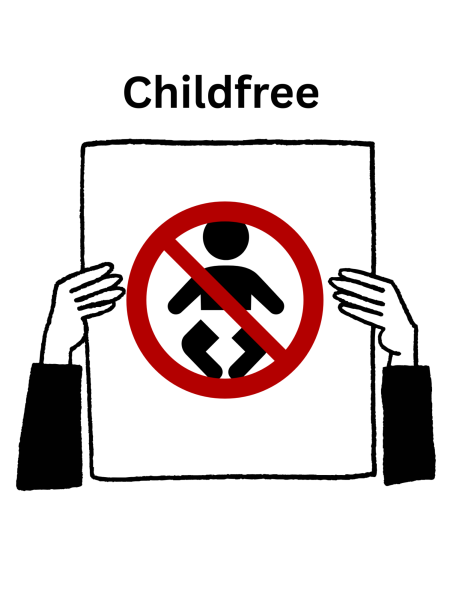President Trump and COVID-19: The final presidential debate should be virtual
October 19, 2020
Following the circus act of the first presidential debate, the rapid deceleration of the 2020 presidential debates only continued after President Trump tested positive for COVID-19 on Oct. 2.
The result of this test, and the muddled uncertainties of future debates, led to the cancellation of the second presidential debate after the Commission of Presidential Debates released an announcement of preparation for a final, in-person debate slated for Oct. 22.
Although Trump tested negative for the coronavirus in a subsequent test, on Oct. 12, the final presidential debate should be virtual.
According to the Centers for Disease Control and Prevention, “A limited number of persons with severe illness may produce replication-competent virus beyond 10 days that may warrant extending duration of isolation and precaution for up to 20 days after symptom onset.”
While precautions of isolation can typically be discontinued after ten days, instances of severity require extended periods of seclusion to ensure that the virus does not spread to others. This prioritizes the safety of both the individual and the people that surround them.
In a memorandum detailing the negative results of Trump’s latest coronavirus test, Dr. Sean Conley explained that the virus was no longer operative in the body of the president. Nonetheless, Conley’s update of Trump’s condition fails to include the vital information of the days in which he tested negative.
“Knowing when the president last tested negative could provide crucial information about when he was infected, and by whom, as well as whom Trump may have exposed to the virus while he was contagious,” wrote Dan Mangan and Kevin Breuninger from CNBC.
Trump’s negative test result is not enough to ensure the safety of himself or others in a public setting. This is because the information of when the coronavirus ceased being active aids in determining who may currently be at risk to the exposure of the virus.
In addition to the lacking information about Trump’s negative test, the setting of an in-person presidential debate results in an environment that is unnecessarily compacted.
“These live events do seem to necessitate a lot of people coming into closer contact with each other in an indoor space than social distancing guidelines would currently recommend,” said Kumi Smith, an assistant professor of epidemiology and community health at the University of Minnesota, in an interview with Vox.
This means that the setting of an in-person presidential debate creates extraneous risks for possible contraction of the virus by encouraging interactions of audience members that is not necessary for the debate to function.
A virtual debate would diminish these potential risks; moreover, the occurrence of a virtual debate is not new to the political world.
According to Julia Musto, from Fox Business, candidates for office in New York’s U.S. Congressional District 14 conducted a virtual debate in May for June primaries, and the U.S. House of Representatives Congressional Districts have continuously been utilizing Zoom for the purpose of debates.
The transition to virtual debates has proven to be an effective method for Congressional Districts as various states, such as Connecticut and Florida, which have repeatedly utilized this method to progress forward with debates in a safe manner.
Some may contend that the planned, in-person organization of the upcoming final presidential debate is the optimal decision for the American people due to the cancellation of the second debate and the result of Trump’s negative test result. However, the occurrence of an in-person presidential debate is not the optimal decision for the American people because it jeopardizes the health of both the presidential candidates and audience members alike.
In the same way as it was a disservice to the American people to cancel the second presidential debate, after the Commission of Presidential Debates made the cancellation decision following Trump’s rejection of a second presidential debate in a virtual format, an in-person debate would further disservice the people by placing the health of all attending individuals at risk.
The format of a virtual debate would also hold each candidate accountable for the severely unpresidential performance of the first presidential debate.
In a virtual format, overt interruptions would be terminated with the click of the mute button.
This would prevent the reoccurrence of the first presidential circus act and allow Trump, in the irony of a Zoom call, to take responsibility for his own disregard for safety in the pandemic. At the same time, a virtual format would allow Biden to focus less on the defense and focus more on the offense.
Given these points, the final presidential debate should be virtual. The implementation of a virtual debate would simultaneously protect all attendees and provide the people with the final debate they deserve to vindicate for the performance of the first presidential debate and aid in making their choice.
Whether virtual or not, it is essential to watch the final presidential debate, for your choice will take part in electing the individual who will represent and lead the country for the next four years.






